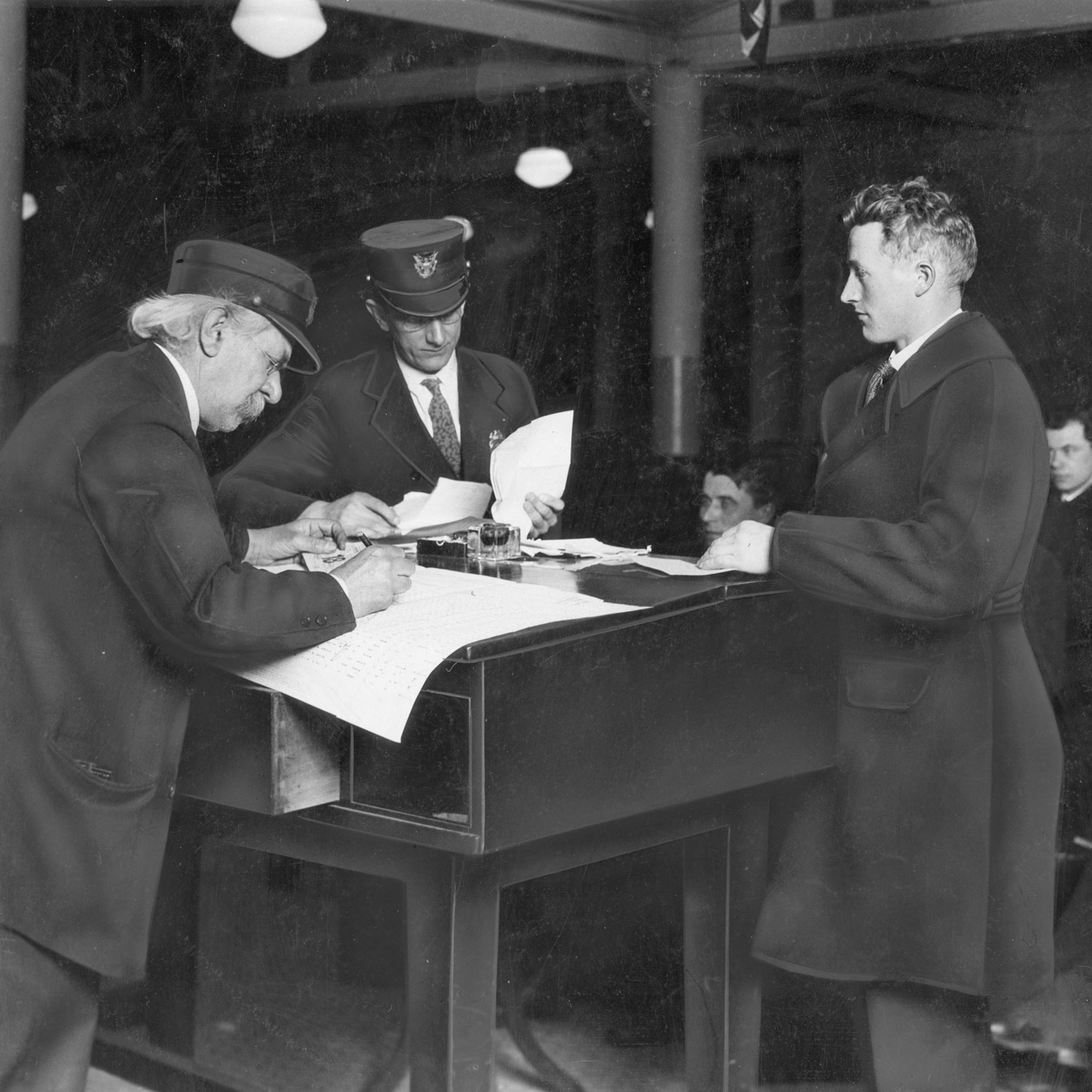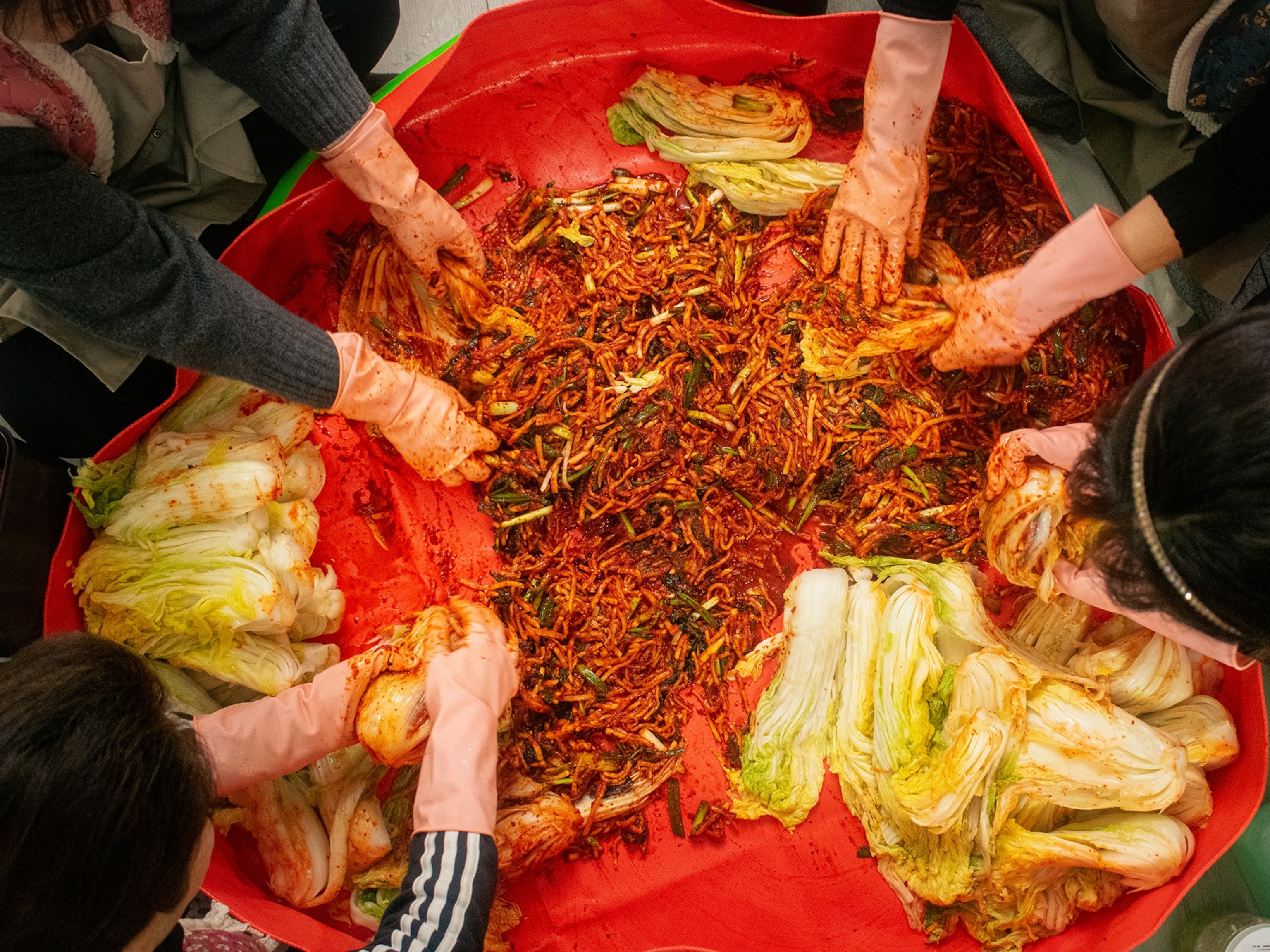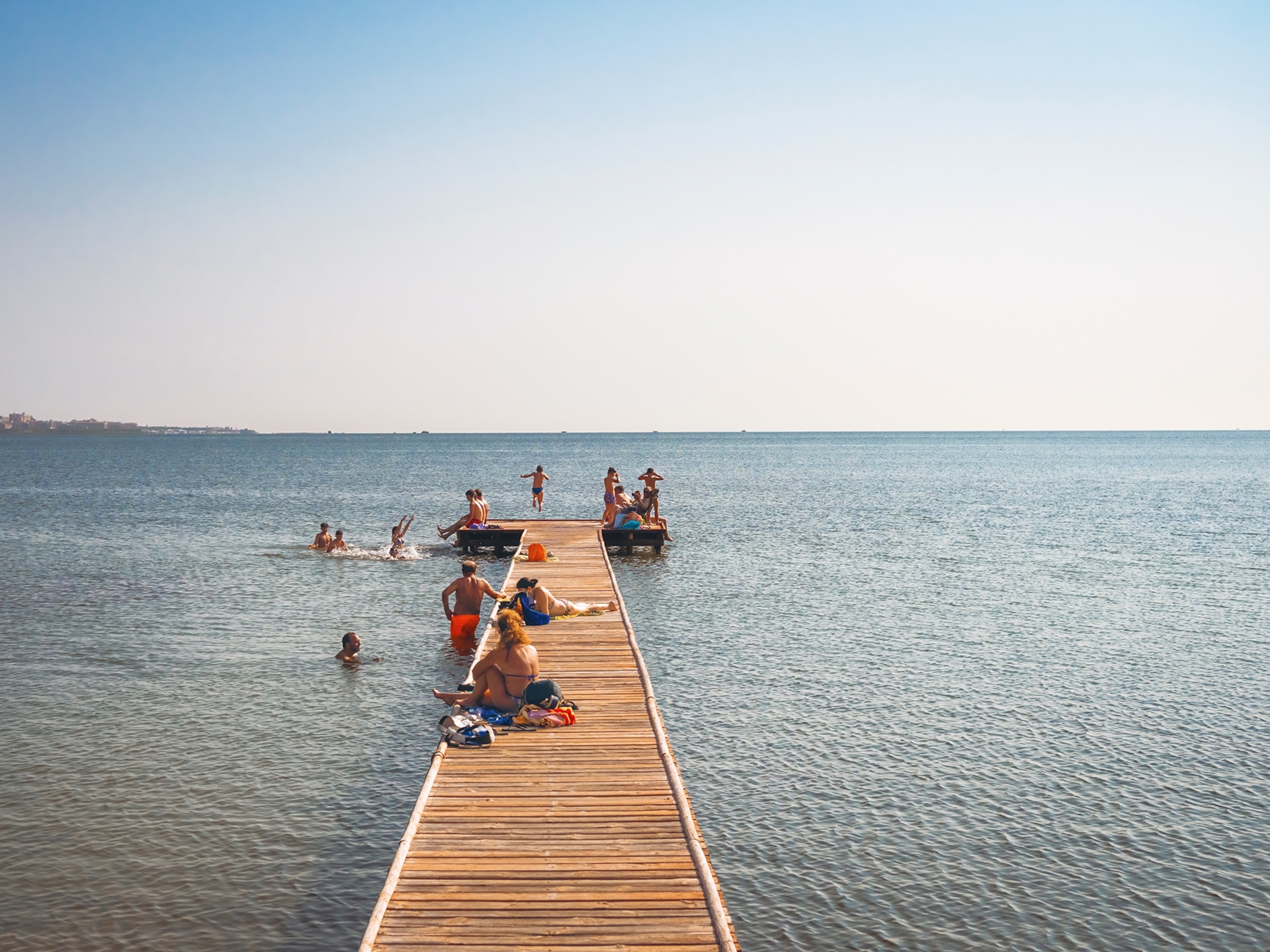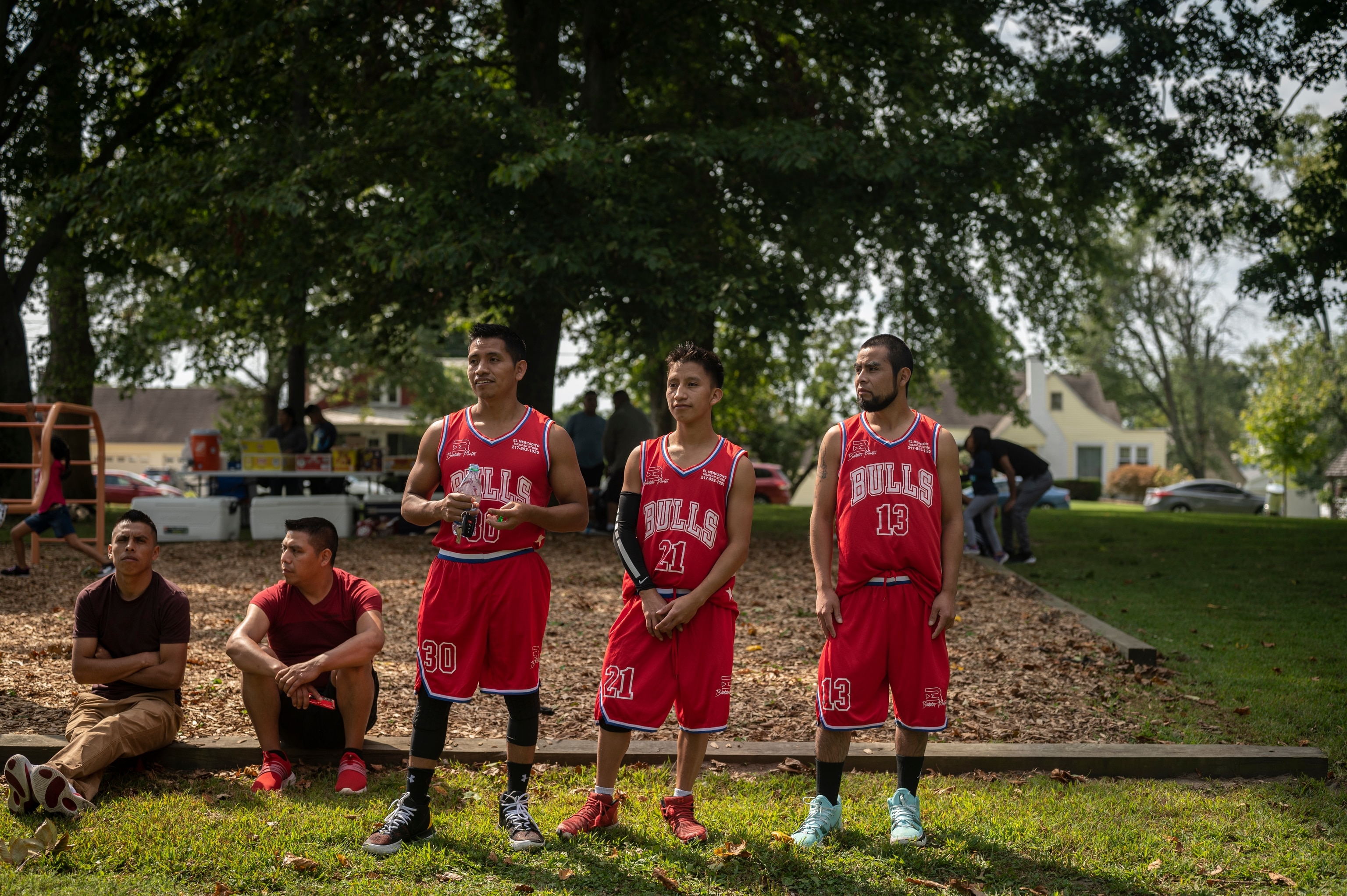
A Guatemalan town remakes itself in Indiana
"We’ve become a destination," says the mayor of a small Indiana town transformed by migration.
Seymour, Indiana — On a balmy day last September, hundreds of people gathered for a raucous, all-day basketball tournament in Gaiser Park, one of the sprawling, well-kept green spaces in this small midwestern town. All the players and participants were members of the local Chuj community, Indigenous Maya immigrants from a remote region of Guatemala in the country’s mountainous north, nearly 4,000 miles away.
Chuj people began migrating to Seymour some 20 years ago from the town of San Sebastián Coatán, in the province of Huehuetenango. Word about employment and the quality of life in Seymour soon spread to small villages nearby, and now Seymour has more than 2,000 Chuj residents, comprising over 10 percent of the town’s population. Thousands have moved to other small towns in the Midwest, such as Columbus and Logansport in Indiana, Cookeville and Shelbyville in Tennessee, and Rantoul, Illinois. On this day, the basketball teams from each of those towns—Los Primos (Cousins) from Seymour, Los Alcones (Hawks) from Columbus, Los Bulls from Rantoul, and others—battled each other on the court for local fame, glory, and a chance at a two-foot-tall plastic trophy.
As an announcer with an auctioneer’s diction and speed described the play-by-play of the game—con solamente unos segundos restantes, el talentoso número ocho de Los Primos asiste con un pase (With just a few seconds remaining, the talented number eight from Los Primos assists with a pass…)—Chuj families milled about the park, parents holding squirming babies, children chasing each other around picnic tables, teenagers checking their phones while munching on tacos and elote they’d bought at the food trucks that had come for the day. At the very edge of the park, a few white people—a handful of adults, some children—had arranged themselves around a picnic table, congregating around open pizza boxes and a few liters of Sprite. Tied to an unattended folding chair was a partially deflated Mylar balloon, doing lazy somersaults in the late summer breeze.
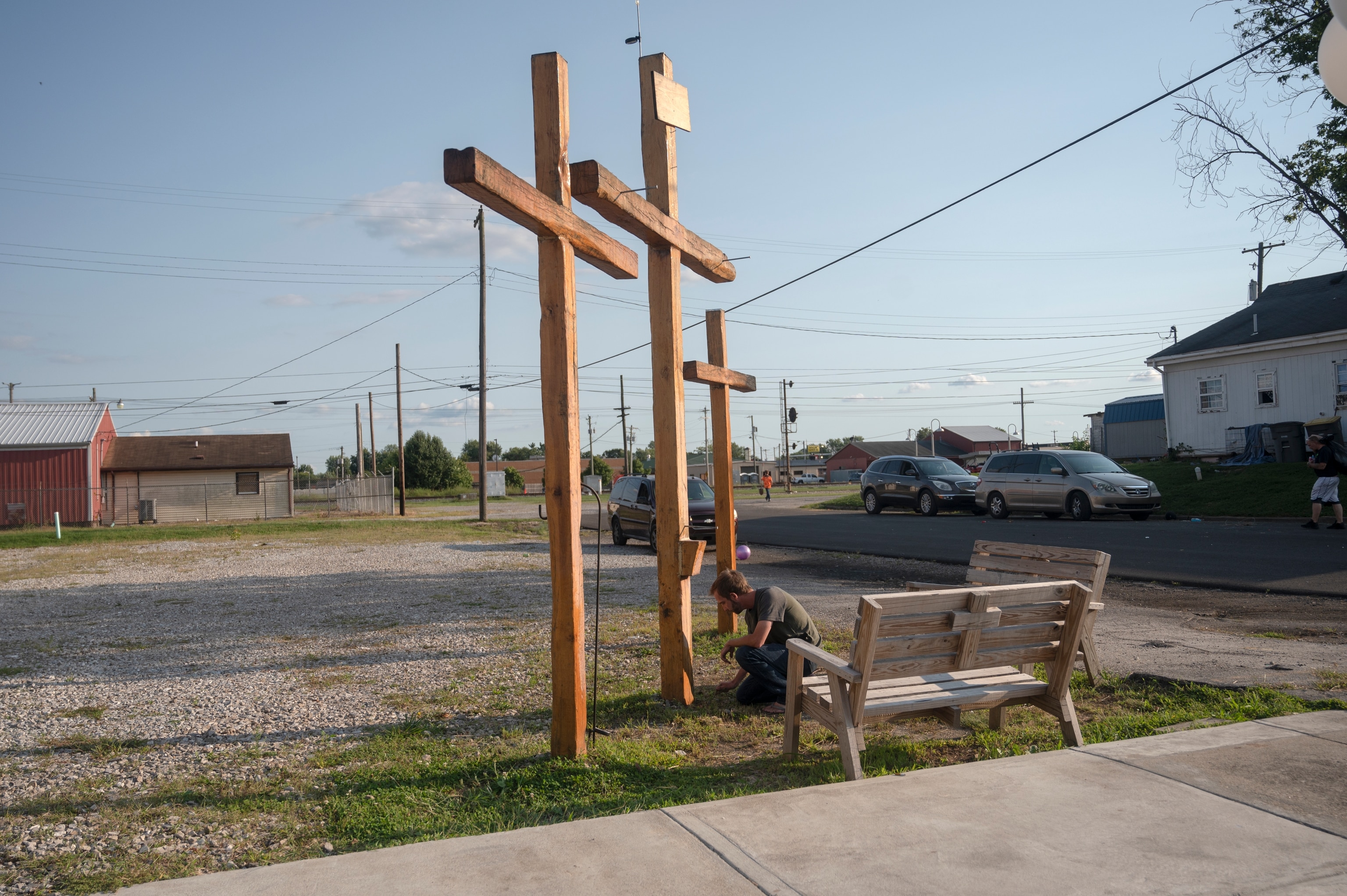
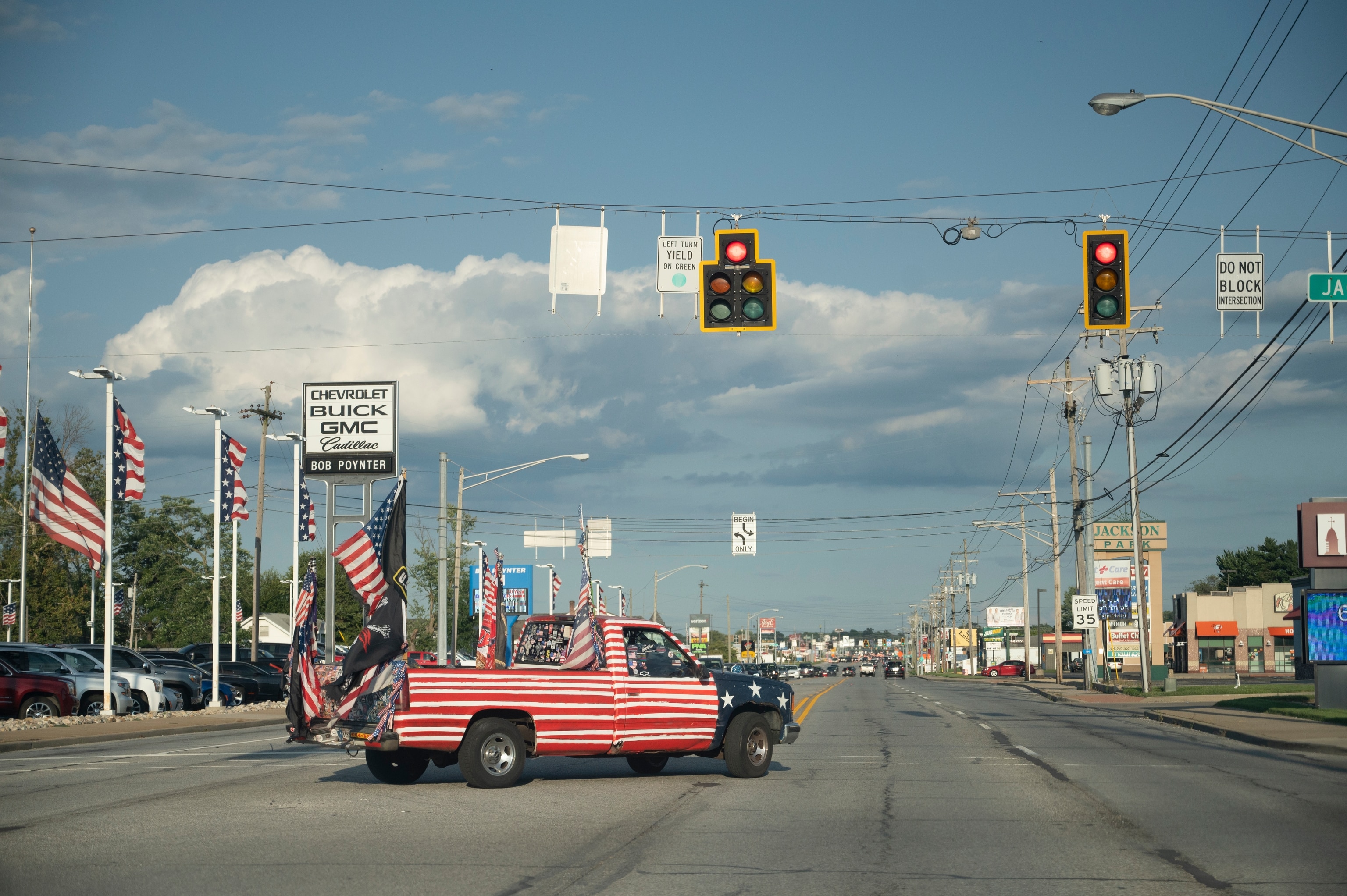
Scenes like this are becoming increasingly common across small-town America, according to Pedro Pablo Solares, an attorney and immigration analyst based in Guatemala City. “Small-town America has been the destination for a majority of the present migration that comes from rural Guatemala,” says Solares. “I do not see any reason that would not continue to be the same in the future.”

Every year, more Guatemalans arrive at the U.S. southern border than from any other country other than Mexico. Increasingly, Solares says, these migrants are headed not to the major urban centers that have long-established immigrant communities like Los Angeles, Houston, and New York City, but to small towns in the rural Midwest and South where they have an influence on local economies, school systems, and cultures. They are also changing the face of small-town America.
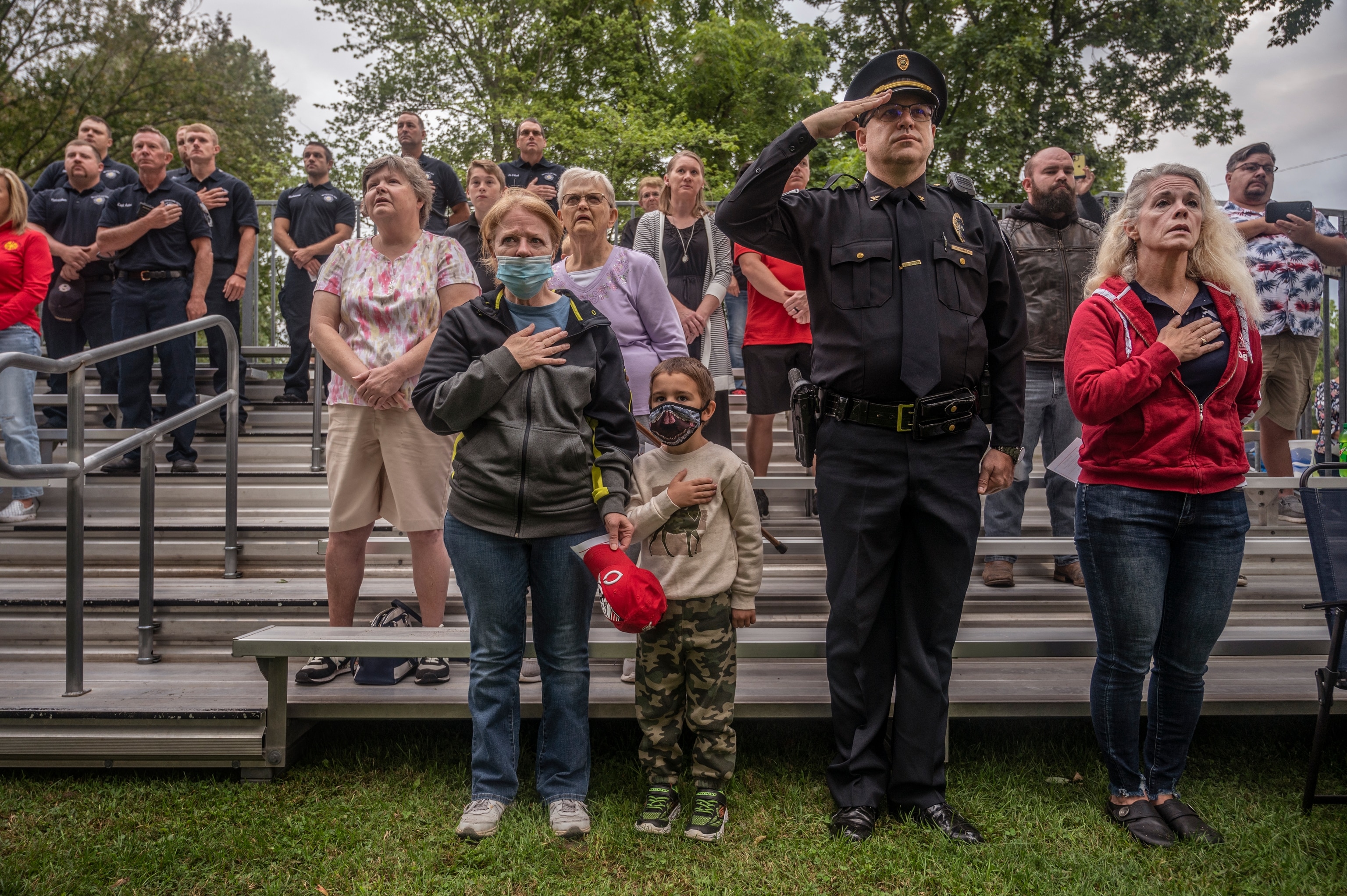
Small-town symbiosis
Chuj migrants were first drawn to Seymour because of plentiful employment opportunities at Aisin USA, a car parts manufacturer, and Rose Acre Farms, the country’s second-largest producer of eggs, which has a workforce that’s about 20 percent immigrant and recruits at Chuj community events. But while employment is still available at these and other similar companies—as well as with industries, such as construction, that pay more and often don’t require work visas or proof of legal residency—newcomers are increasingly attracted by the tight, pre-existing social networks established by Chuj migrants who arrived before them.
The Chuj community is now so large that it has established its own churches, like the Iglesia Evangélica Ríos de Agua Viva. Enterprising individuals have created businesses to serve the community, including grocery stores, restaurants, small shops that sell traje—the colorful, intricately patterned traditional clothing worn by Maya women—and GuateMex, a company started by a man named Alfredo López that distributes Guatemalan pan diario (daily bread) to Chuj communities around the United States. Rather than opting for life in big cities, which can be highly isolating and financially ruinous, Chuj people come specifically to towns like Seymour because they know all of their needs—financial, social, religious, even dietary and sartorial—will be met by members of their own community.
“Guatemala is very beautiful, and I liked living there. But there was nowhere to earn money. There were no jobs,” says Apolonia Mateo, who runs a smoothie store and sells traje to other Chuj women. She and her husband, who moved to Seymour from San Sebastián Coatán 25 years ago, were among the first wave of Chuj people to settle in Indiana, working at poultry plants before having children and starting their own businesses.
“Now, thanks be to God, we will stay here,” says Mateo. “There, there is poverty. Here, there is the opportunity to strive.”
The couple now helps guide newer members of the community through this new chapter of their lives. Solares, the immigration attorney, calls the phenomenon of which they are a part “mirror cities”: the reconstituting of a group of people from one small town in Guatemala to a small town in the United States. The result is greater prosperity for both—and an unexpected symbiosis between small-town America and small-town Guatemala. Migrants send a significant percentage of their earnings to their families back home, while their labor and tax dollars enable local U.S. economies to flourish.
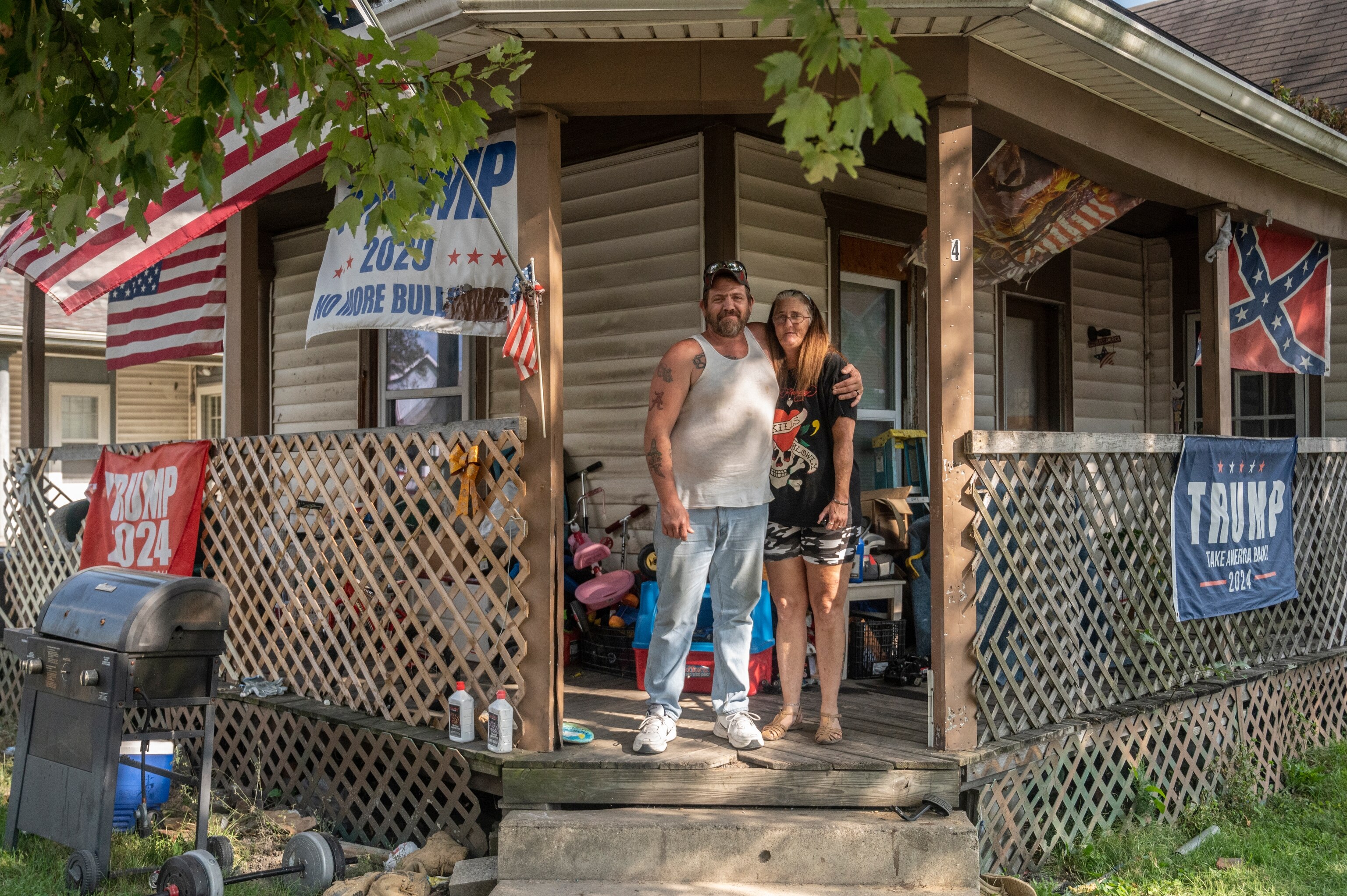
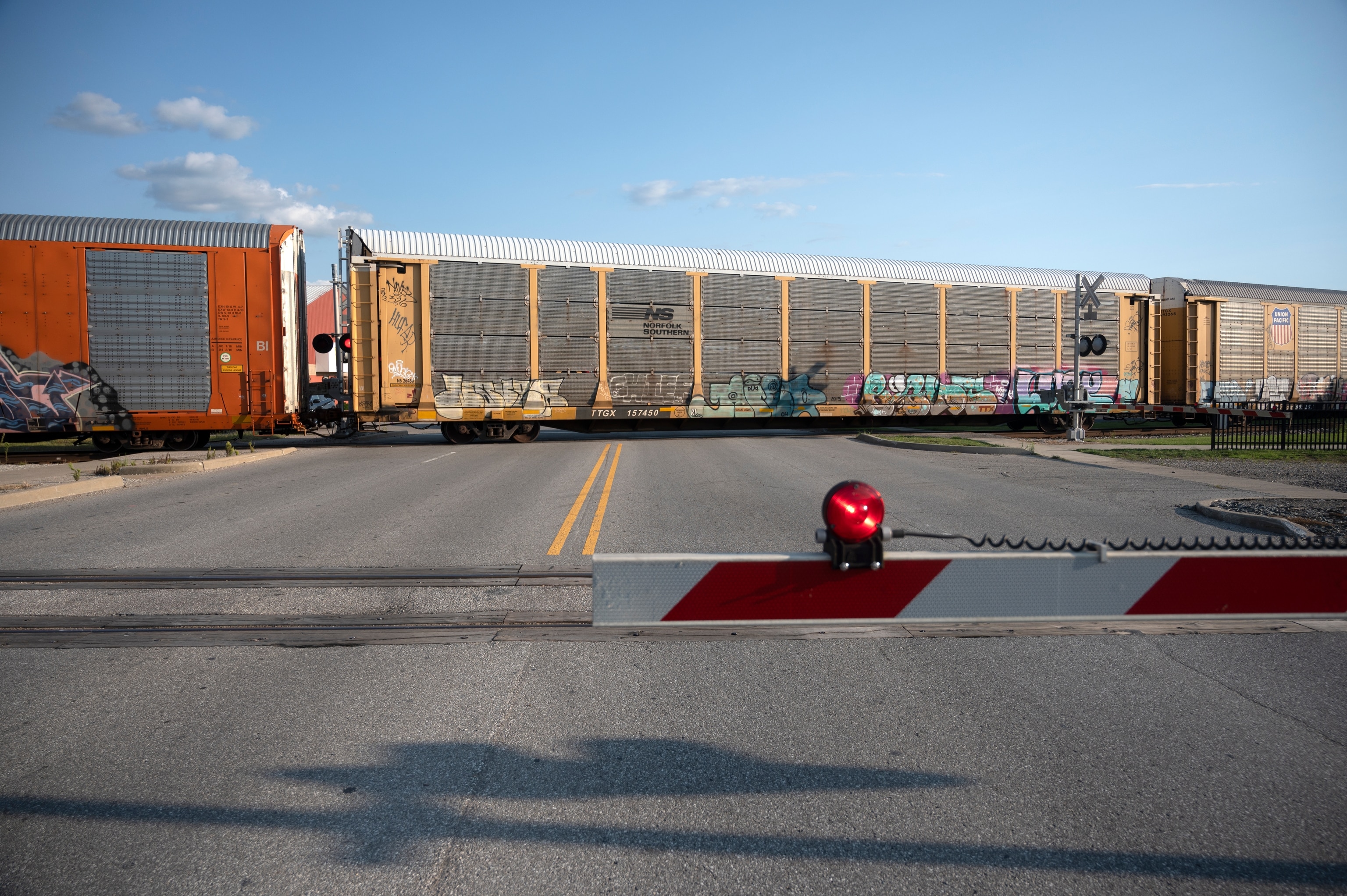
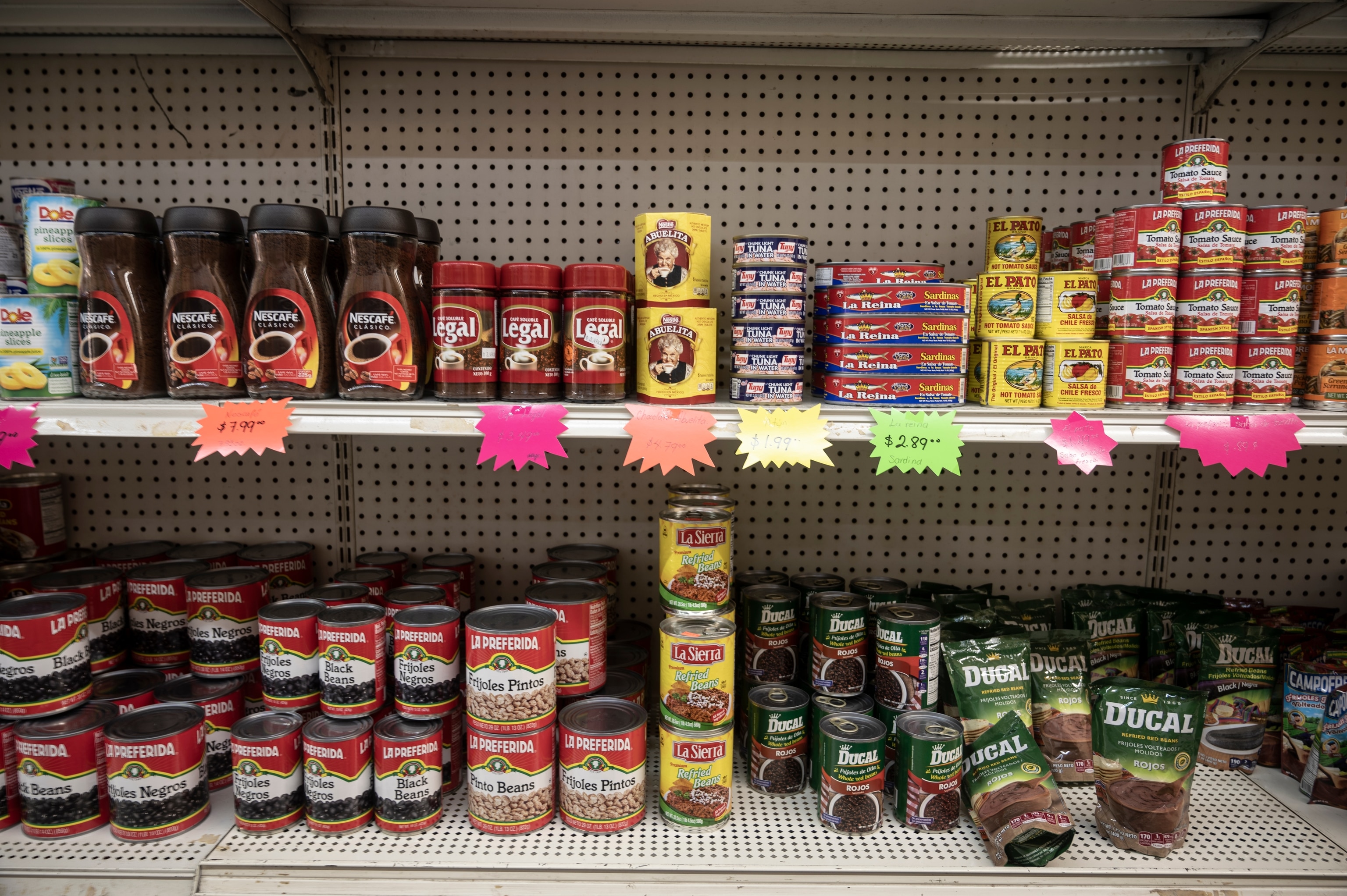
Seymour’s recent history is a case in point. “When my family moved here in 1978, there were two stop lights,” Jason O’Neill, a Seymour fire lieutenant says. “I remember my dad, when we pulled up to a stoplight and there’d be four cars, he’d tell me we were in a traffic jam. Now I can’t tell you how many stop lights there are.”
Matt Nicholson, Seymour’s mayor, agrees. After a 10-year period of relative population stagnation, Seymour’s population has grown by 25 percent in the past decade, and by nearly 50 percent since 1980. Nicholson attributes this largely to Guatemalan immigrants. “One family comes here and they do well,” he says. “They get to live the American dream. Once that happens, then they tell a cousin or a friend. And next thing you know, another family arrives. We’ve become a destination.”
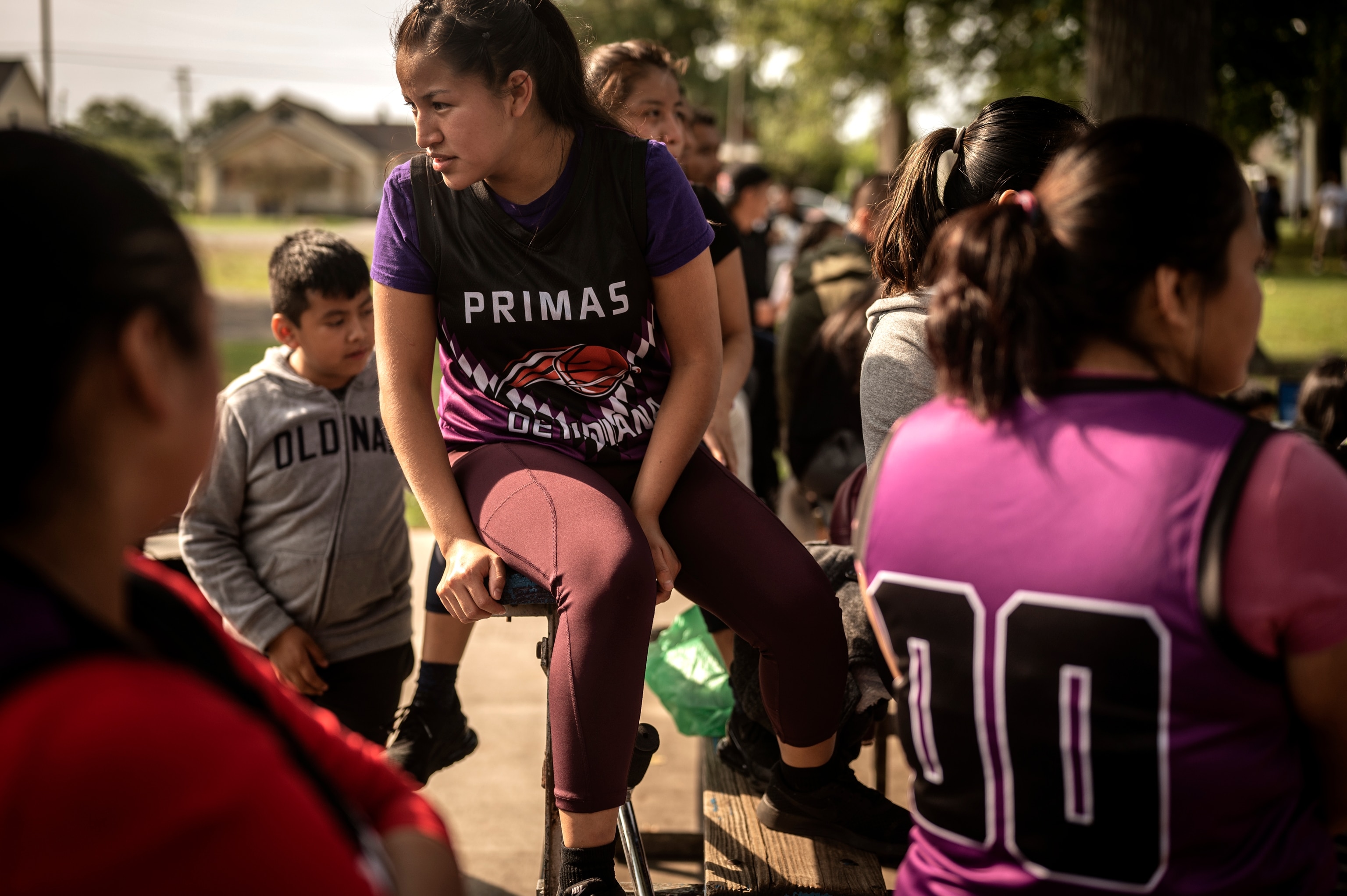
'Community-based migration'
Historically speaking, the existence of mirror cities is neither new nor limited to migrants from Central America. In the 19th century, for instance, Yiddish-speaking Jews in geographically concentrated areas in the American Midwest created organizations called landsmannschaften, which supported their hometowns in Eastern Europe. However, Solares says that over the past 10 years, he’s noticed that this occurrence—“two cities put together”—has become increasingly common, resulting in mirror city relationships like Jacaltenango’s with Jupiter, Florida, and Aguacatán’s with Morganton, North Carolina. This form of migration brings tremendous social and financial benefits.
“This is community-based migration,” Solares says. “That cliche of migrants going to stand at a gas station or a corner to get picked up to go to work is not happening in places like Seymour. It is much more like the first day you come, there's going to be a house in which your family, your friends are going to receive you, for no fee. They're going to help you get on your feet. The first week you rest because of the journey, but you know that the job is waiting for you.”
Guatemala is very beautiful, and I liked living there. But there was nowhere to earn money. There were no jobs.
Apolonia Mateo
These support networks are especially important for Chuj migrants, who hold little to no cultural capital outside of their own community, even in Guatemala. “The Maya are an excluded people in Guatemala,” Solares says. “And the Chuj are one of the most excluded from the excluded.” Even in a region defined by its isolation, Solares says, San Sebastián Coatán and its surrounding villages are so remote—12 to 14 hours from Guatemala City on ruinous mountain roads—as to be virtually inaccessible. There is no infrastructure, including no paved roads and no electricity. Those who find work, almost always as agrarian day laborers, typically earn the equivalent of $15 to $20 a week, not nearly enough to feed a family. Most children stop attending school at age seven or eight, if not before. Many Chuj people, including most women, cannot recognize the written versions of their own names.
Remittances—the $50 or $100 dollars a week that migrants working in Seymour send back to their families—has changed everything. It’s led to a bifurcated economic landscape in San Sebastián Coatán, with the haves operating in dollars and the have-nots in the Guatemalan quetzal. Numerous Chuj residents of Seymour, including Apolonia Mateo, estimate that around 70 percent of people born in their hometown now live in the United States. Walking down the dusty roads of their hometown, they say, it is readily apparent who has relatives residing in the United States. Two types of families live side by side: one in an ornate two-story house with porticos and mirrored windows, with well-dressed children playing with toys and technology shipped from the United States, and the other in a windowless aluminum shack, with children who die of malnutrition before the age of three.
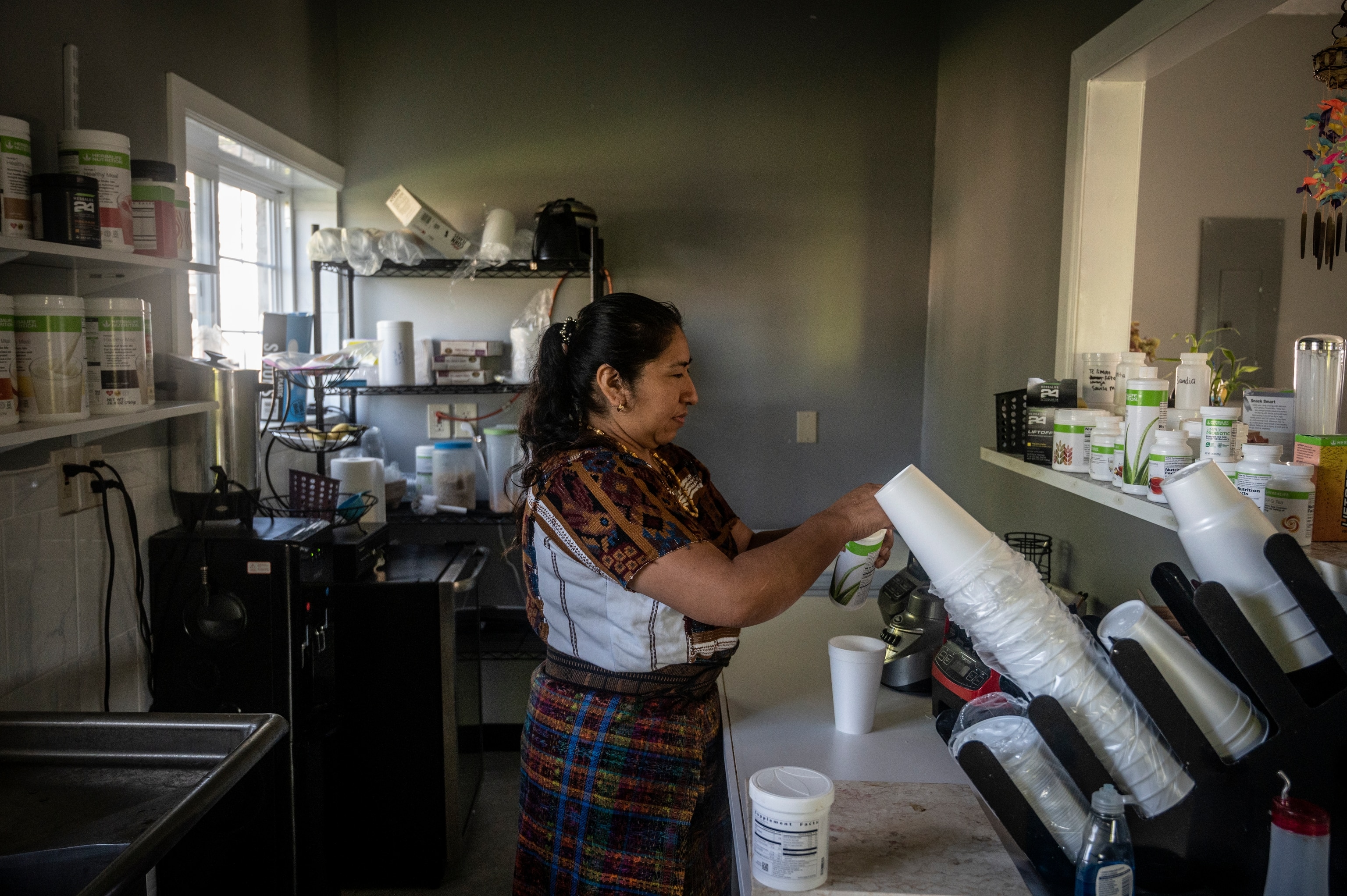
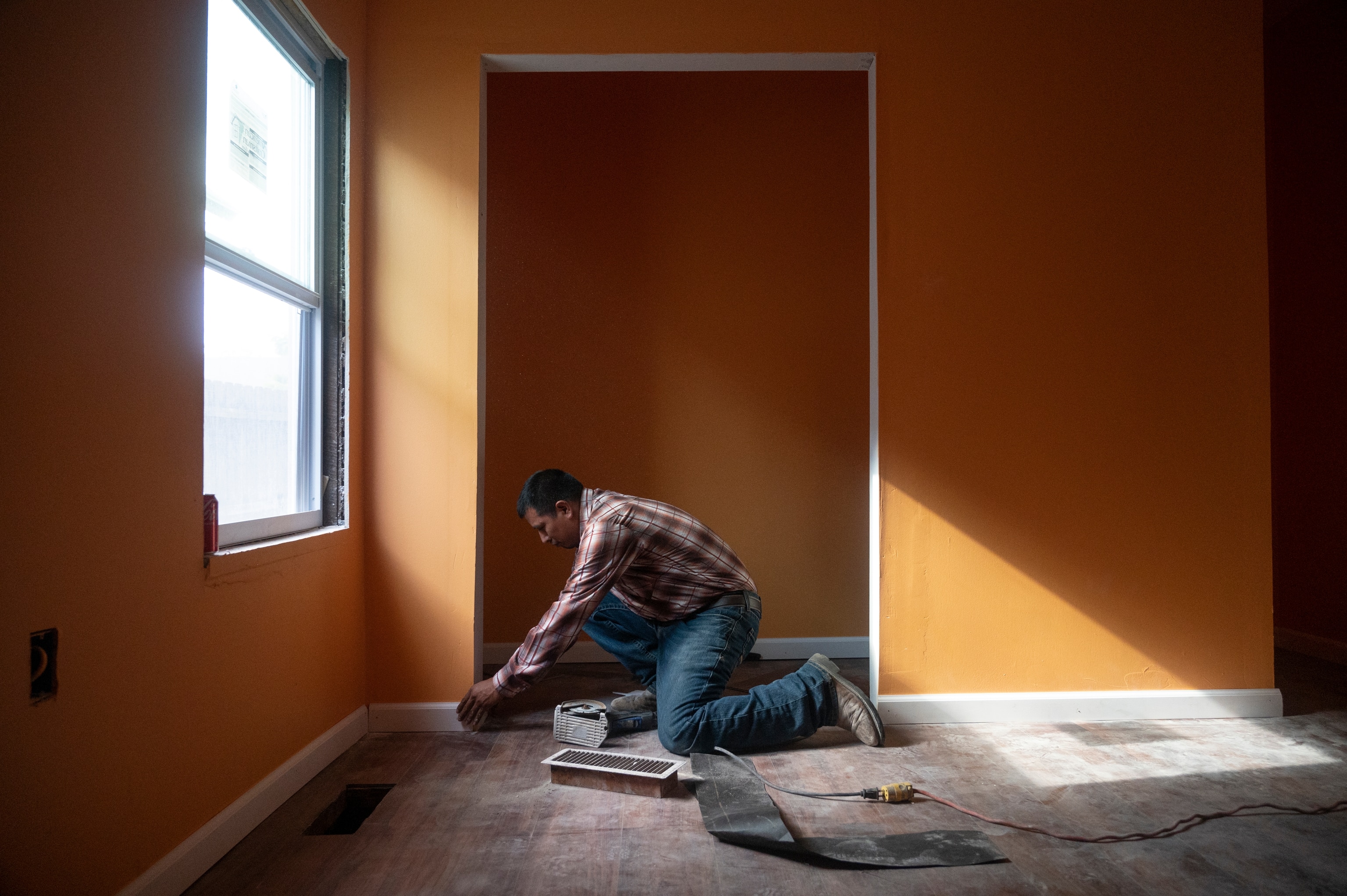
Social networks
Members of Seymour’s Chuj community, most of who live in trailer parks and a neighborhood of small houses on the edge of town, have established several networks to support themselves—and to welcome others who might want to join them in the United States. One of these is a Facebook page with 14,000 followers that shares news and job opportunities. It also coordinates social events like holiday celebrations and sports tournaments.
The community has created La Organización Funeral Coataneca—the Coatán Funeral Organization, also known as the comité funerario, or funerary committee—which is essentially the community’s life insurance policy. The organization elects local representatives biannually and collects $20 annual dues from every member family. When a member dies or needs other end-of-life care, the local chapter collects an additional sum, usually about $50, from every local member family. The money goes toward a variety of costs, including the repatriation of bodies to Guatemala, which can cost up to $9,000, and other ancillary expenses.
“If it happens that a person goes to the hospital and they diagnose him with cancer and he doesn’t have much life left, he might say that he’s decided to return to his village,” says a Seymour chapter leader, who asked not to be identified because of fear of retribution due to his undocumented immigration status. “Then the organization helps him with the cost of the journey—and also with a person who will accompany him back to his village.”
Here in Seymour there are many good benefits ... It is better for children, because here there are things which we don’t have in our village.
funeral organization leader
The Seymour chapter, which has about 2,000 members, is one of the Coatán Funeral Organization’s largest. In the past few years, the group has grown dramatically, expanding within the Midwest and to states as far-flung as California, Oregon, and Florida. These types of organizations serve to connect communities in other ways as well, spreading news about employment opportunities and warnings about racist, hostile, or corrupt employers; new immigration legislation; targeting by federal and local law enforcement; and access to U.S. institutions like hospitals and schools.
For many Chuj families, Seymour’s schools are a major draw—and what keep them from returning to Guatemala, where those who have saved enough money often return to enjoy lives of leisure and relative luxury.
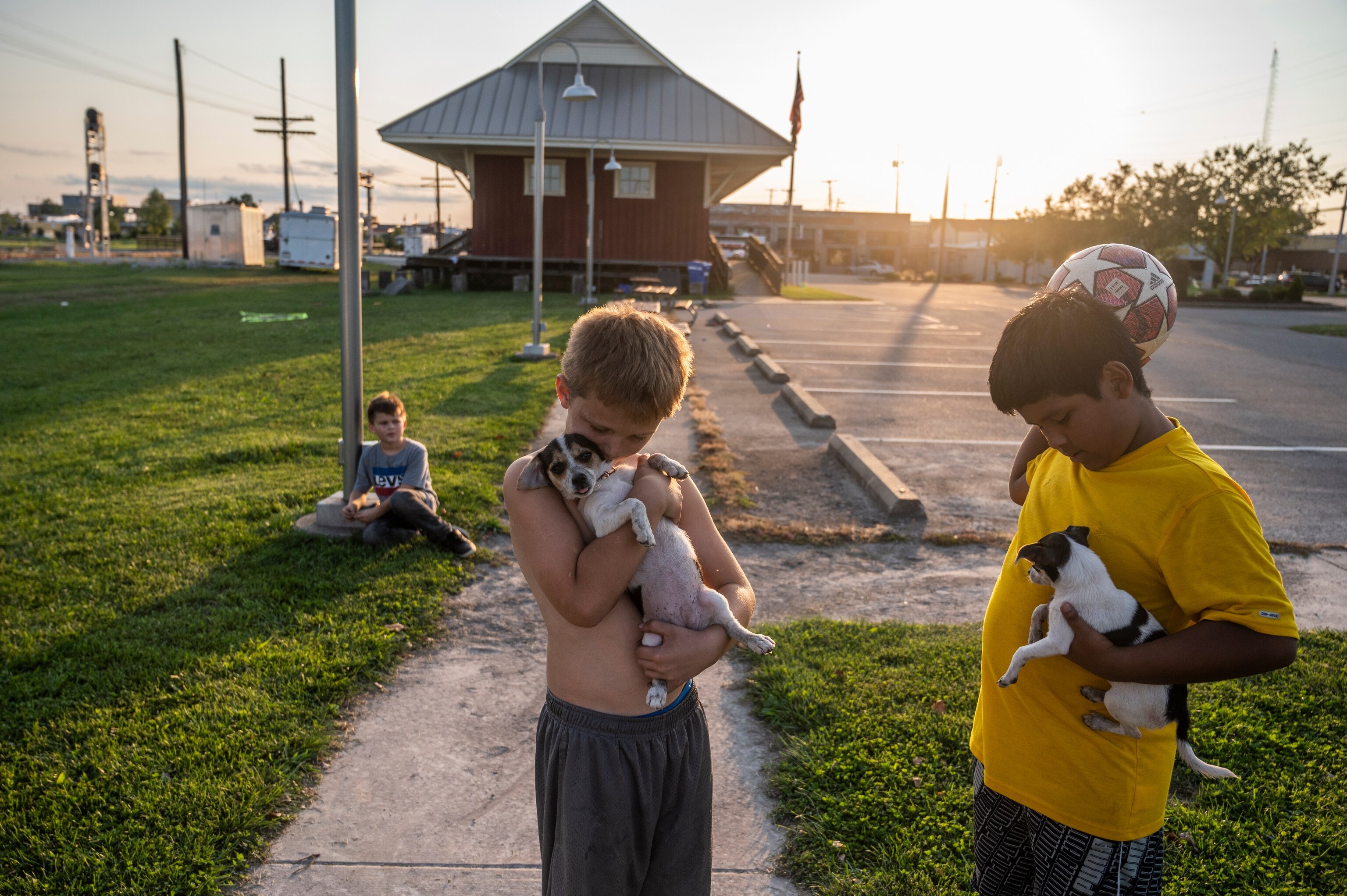
“Here in Seymour there are many good benefits,” says the funeral organization leader, who has two children and works in construction. “It is better for children, because here there are things which we don’t have in our village.” He emphasized the relative strength of the schools’ pedagogical methods, as well as the tremendous value of knowing English. “And here, the teachers work Monday to Friday,” unlike many teachers in San Sebastián Coatán, who he says often don’t come to work.
Though he realizes that his life would be less stressful if he returned to Guatemala, he and his family are planning to stay in Seymour at least until his younger child, who is four, completes her education.
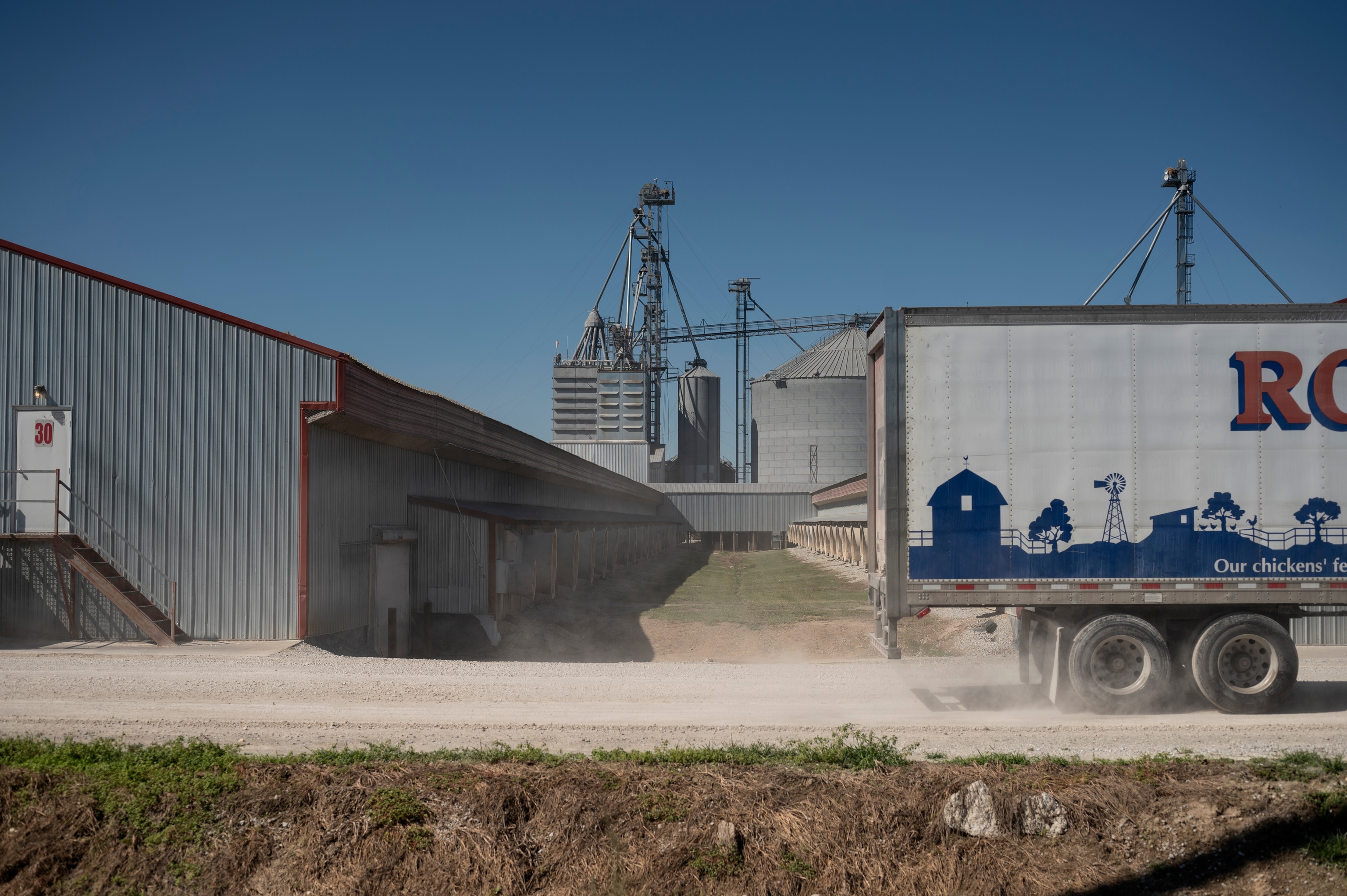
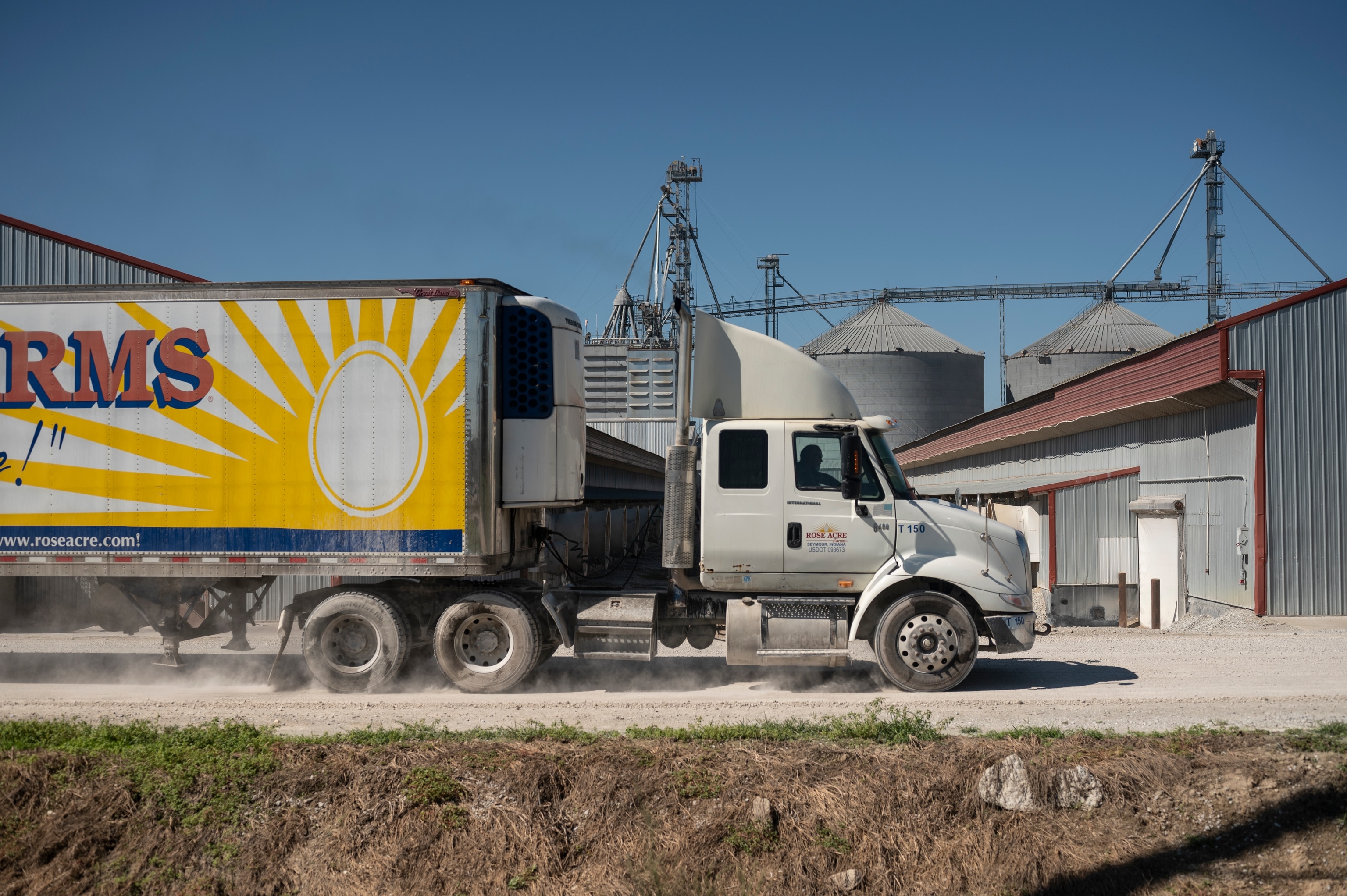
Emily Kaplan, based in Brooklyn, writes about outsiders, primarily covering education, immigration, and identity. Her work has appeared in various publications including The Atlantic, The New York Times, and The Washington Post Magazine. Follow her on Twitter @emdashkap.
Andrea Bruce is a documentary photographer and contributor to National Geographic. She has photographed stories ranging from politics to sanitation. She is a former staff photographer for The Washington Post, a finalist for The Aftermath Project grant, and recipient of the Alicia Patterson Foundation Fellowship, and a former Catchlight Fellow. You may see more of her work on Instagram @andreabruce.



